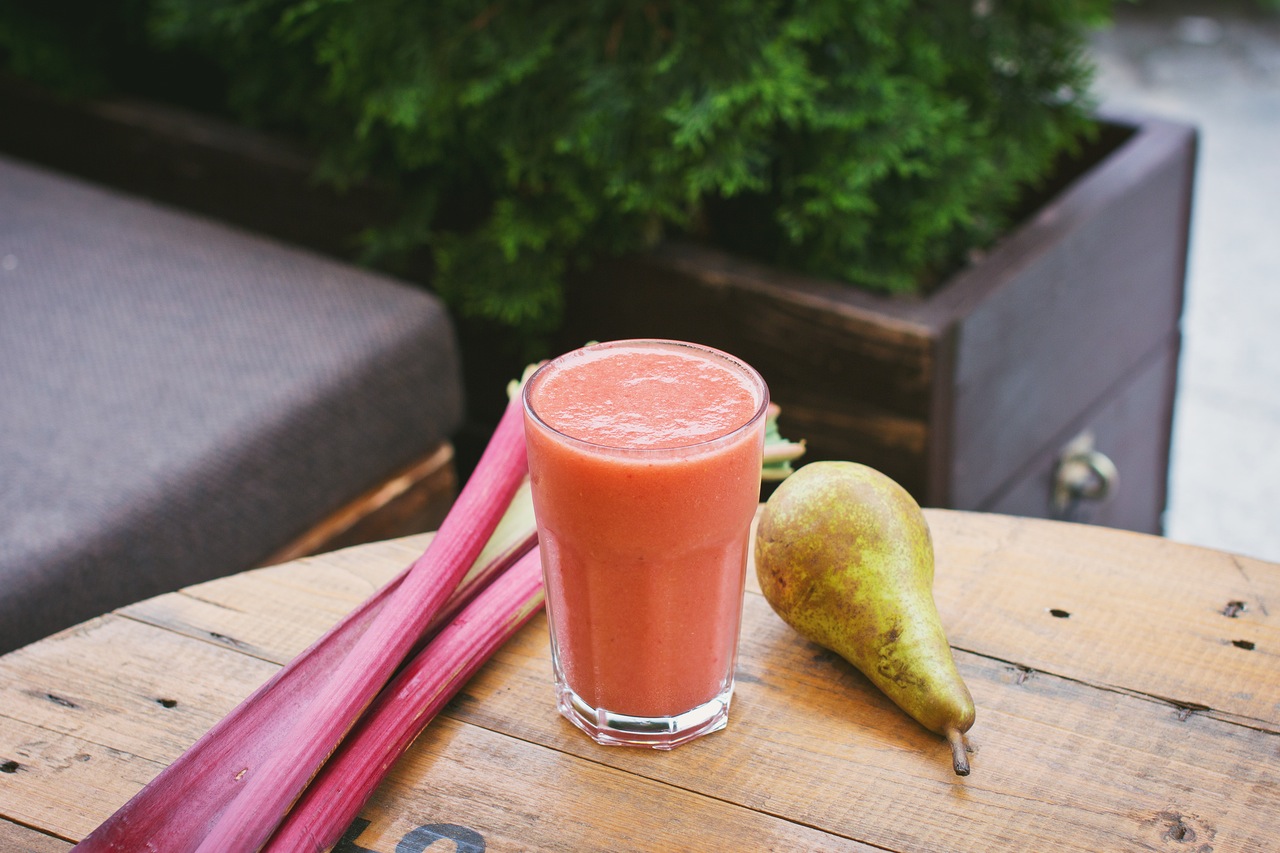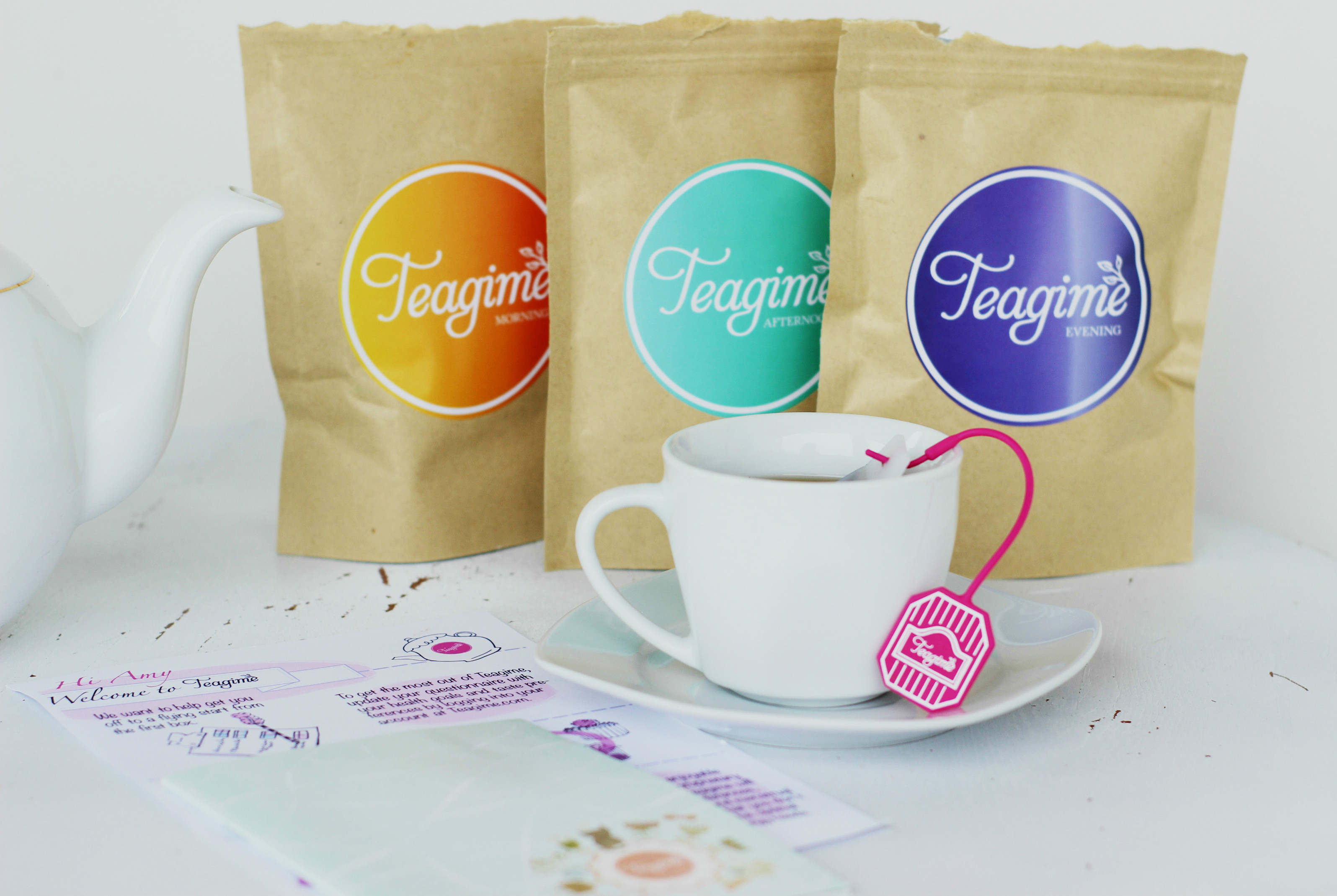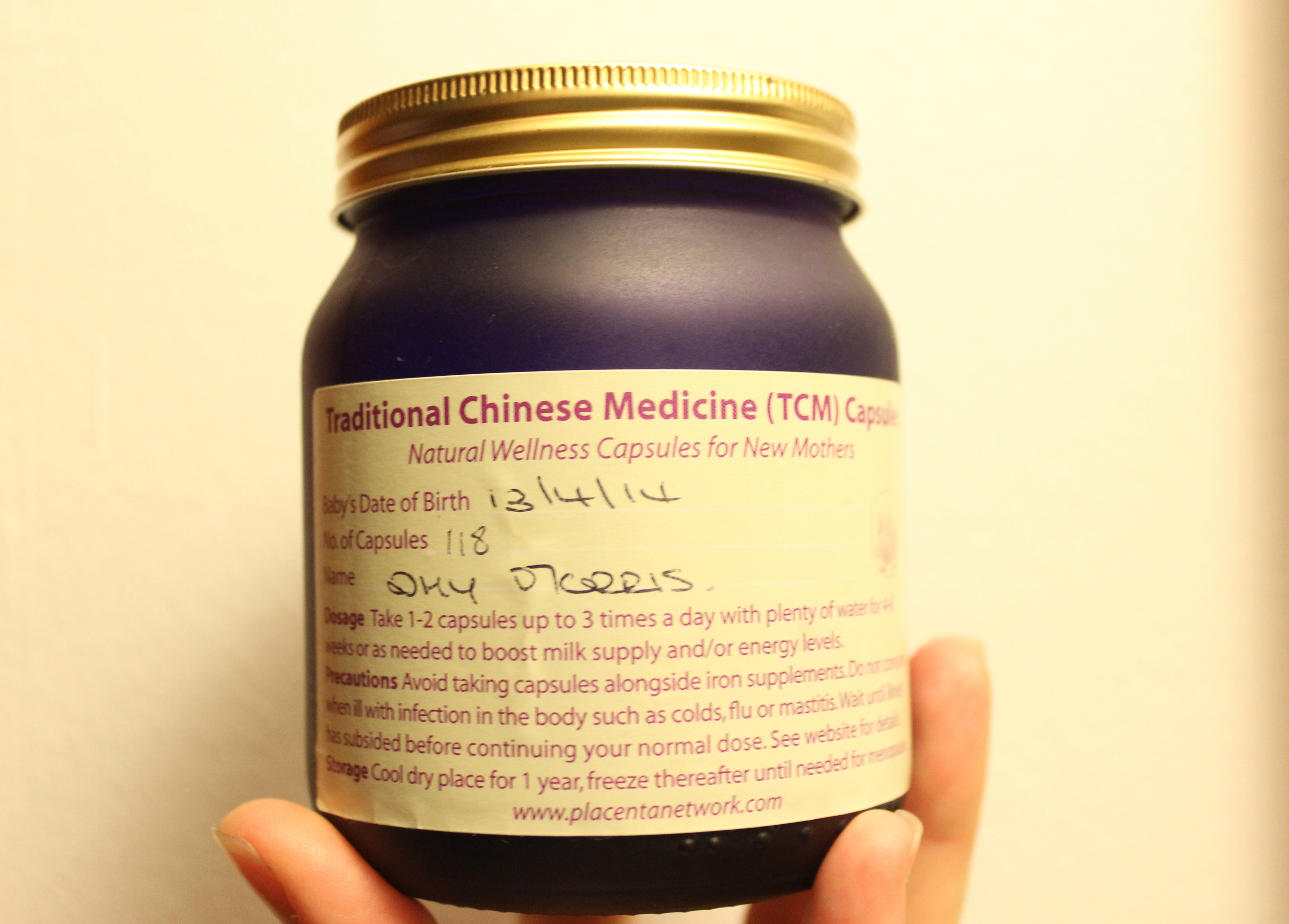 If you’ve heard of all the benefits of juicing but are scared to add the extra sugar to your diet, have no fear! There are plenty of options out there for you on the lower glycemic index that will deliver plenty of antioxidants without causing a sugar spike. Juicing is also very beneficial no matter when it is done, even in winter months.
If you’ve heard of all the benefits of juicing but are scared to add the extra sugar to your diet, have no fear! There are plenty of options out there for you on the lower glycemic index that will deliver plenty of antioxidants without causing a sugar spike. Juicing is also very beneficial no matter when it is done, even in winter months.
Picking fruits and vegetables that are lower glycemic means you still get all the benefits of juicing without the added sugar, which may contribute to obesity, diabetes, chronic disease and hypertension, just to name a few. Read on to learn more about the right types of fruits and vegetables to juice with.
What is The Glycemic Index?
The glycemic index (GI) refers to a number that indicates how quickly a food is broken down and converted into glucose, or blood sugar. Processed foods that are high in sugar tend to have a high GI while most fruits and vegetables with lots of fibre have a lower GI. A food’s glycemic load is a separate term that describes how quickly a food will produce glucose and how much it dumps into the bloodstream.
Removing the fibre from whole fruit and vegetable makes it higher on the glycemic index. In other words, it causes a rapid surge in blood sugar levels. Fibre is not only great for filling you up and promoting digestion; it’s also needed to slow down blood glucose dumping, or the rate at which sugar enters your blood stream.
According to a 2008 study published in The Journal of Nutrition, fibre may improve body weight and insulin sensitivity, modulate the secretion of certain gut hormones, and reduce inflammation associated with diabetes. Fibre also provides a good amount of vitamins, minerals and phytochemicals such as phenolics, carotenoids, lignans, beta-glucan and inulin that may have beneficial effects on obesity and diabetes.
Although eating whole fruit with the fibre intact is recommended by health experts, there are still plenty of benefits to drinking juice. The trick then becomes choosing fruits and vegetables that are lowest in sugar to prevent sending your blood sugar on a roller coaster ride!
Benefits of Juicing
So if we know that eating the whole fruit is better than drinking juice, the question to ask is why drink juice at all? According to many studies, include this one from 2014-2015, juicing provides the following health benefits: (plus is a way to get a much larger and necessary intake of vegetables in!)
- Improved Digestion
According to the study, a three-day juice cleanse boosts the immune system by increasing certain gut bacteria known as Cyanobacteria and Bacteroidetes. Good bacteria play an important role in pushing toxins out of the body. Cyanobacteria and Bacteroidetes are associated with improving gut microbiota and reducing inflammation.
- Overall Well Being
Juicing is a good way to get fruits and vegetables in your diet that you otherwise wouldn’t, which can have a positive impact on your long term health. Two weeks after cleansing, subjects that were tested in this study reported a significant positive impact on their overall well being.
- Improved Heart Health
The study also found that nitric oxide levels were reduced after the three day cleanse. Nitric oxide is a compound that has been shown to relax blood vessels, which promotes circulation and takes stress off the heart.
- Weight Loss
Subjects who participated in the three day cleanse lost a total of four pounds. Two weeks after cleansing, approximately 50 percent of the weight loss remained, meaning that subjects did not gain all of this weight back when they went off the cleanse.
- Decreased Risk Of Chronic Disease
The study found that mixed vegetable and fruit juices provided a high level of antioxidant activity containing diverse phenolic compounds that have been shown to inhibit the production of free radicals, which may damage cells, cause disease and speed up the aging process.
- Reduced Cell Damage
According to the study, subjects who participated in the three day cleanse had a significant reduction in free radicals, which may damage cells and speed up the progression of some chronic diseases.
Best Fruits and Vegetables to Choose From for Low GI Juicing
Although they are all good for you, some fruits and vegetables are naturally higher in sugar than others. Because their fibre is intact, eating these foods in whole form is less likely to spike your blood sugar levels. But when you remove the fibre and consume these foods in the form of juice, you may be inadvertently causing a sugar spike.
If you are watching your sugar intake or are on a low sugar diet, you can still enjoy the benefits of juicing! Choose from fruits and vegetables from the following list to make sure your sugar content stays as low as possible.
- Cabbage
- Lettuce
- Carrots
- Cherries
- Grapefruit
- Apples
- Pears
- Strawberries
- Peaches
- Oranges
- Grapes
- Celery
- Cucumber
- Kale
- Lemon
- Parsley
- Romaine
- Watercress
- Spinach


